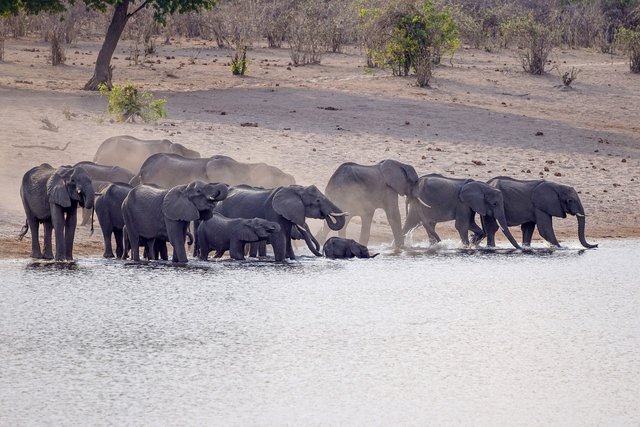
Yes, the process of periodic movement of animals or migration of animals. Some travel long distances, others only short distances. In a certain period, a herd of animals will move from one place to another. This is the life cycle of animals, for example when the seasons change. Of course, animal migration is a unique natural phenomenon.
Such as types of deer from Africa, wildebis, or konkokit. This deer is easy to find in the Srengeti region, between Tanzania, to Kenya, Africa.
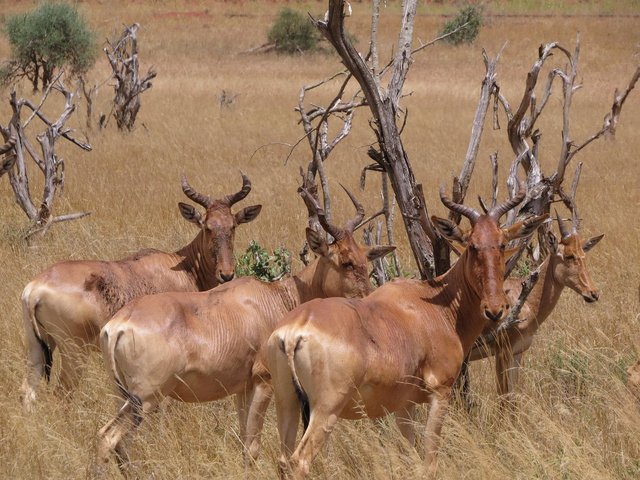
Throughout its life, this herd of deer continues to move from Sringeti, which covers an area of 30 thousand km, per square meter. They move to suit the rainy season which comes in November. In January-March, they are south of Sregeti, it's time for wildebis deer to breed. April-October, these deer herds move north, then return south to Srengeti in August. The total distance is 1600 km. This herd of deer is also capable of running during migration, at a speed of 80 km per hour. The purpose of the wildebeest deer migration is to move to look for areas of grass and water sources so that they can survive. Apart from predators, their challenge during migration is river currents. Many baby deer that join the migration group die as a result of crossing the river. This type of butterfly is easy to find in North America.
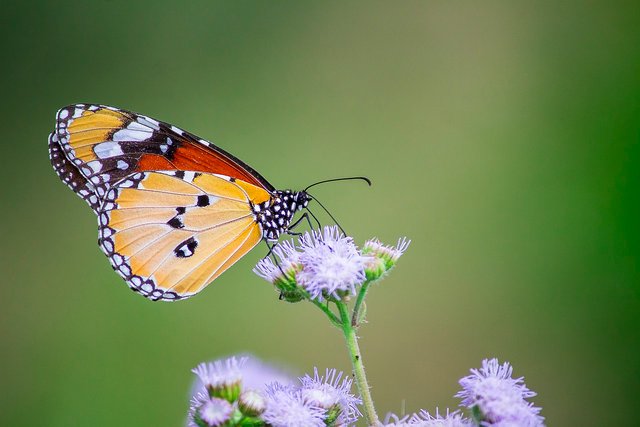
Commonly known as moner buttrfly, or danorkecyclus. The uniqueness of this butterfly is in the story of the journey of each generation. In each life cycle, flocks of moners butterflies migrate from their habitat in North America, to southern Mexico. The travel distance is 311 km. It took four generations, until they completed their journey. In March-April, the last generation comes out of hibernation and flies to North America to breed. Then the first generation is born, which only lives 6 weeks after producing the second generation.
After reaching the fourth generation, they migrated to the south, to look for a warm place. This fourth generation of butterflies is able to live 6-8 months. When compared with humans, the journey is like going around the world 11 times. Different from red crabs in Australia.
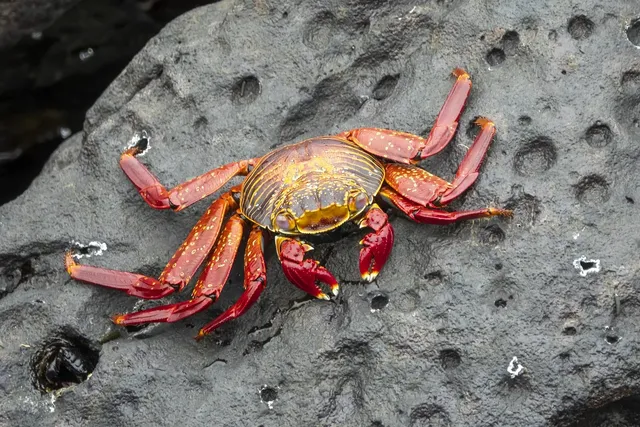
The travel cycle is not far, they only move from the forest area on the island, to the beach in October, or November. Swarms of crabs are 11 cm long when moving, making a unique sight. Not infrequently, the highway must be closed when they pass by. To get to the beach, it takes 5 days. They travel 12 hours per day, a distance of 5 km. The red crabs aim at the beach, to breed. One crab can lay up to one hundred thousand eggs. After hatching one to two days later, the baby crabs can go on a journey with their mother. In this case, it is a herd of animals with a long migration distance. Yes, the Artic Tern.
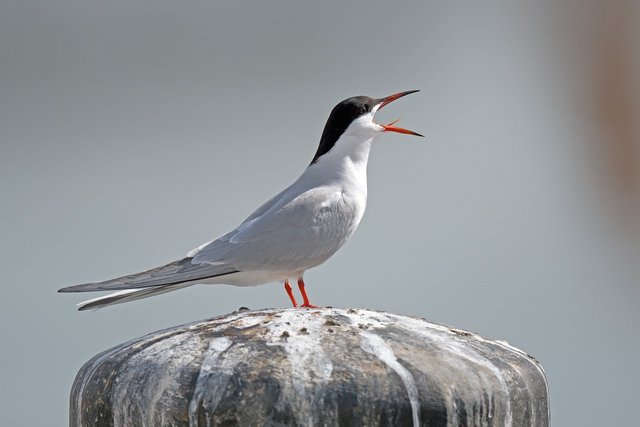
They moved from the north pole, to the south pole. This journey takes up to 1 year. On the way, usually flocks of Arctic terns, stop at several places to look for food. Even though its body weight is only 100 grams, this bird is able to fly for long periods of time and over difficult terrain. They take advantage of wind patterns during their journey. In its life, one Arctic tern bird, can travel a distance 2.4 million km. Equal to the distance three times round trip to the moon.
Wooww!
Greetings always compact.
By @midiagam